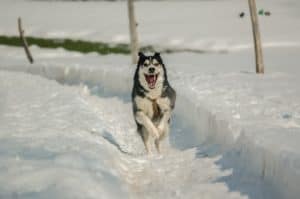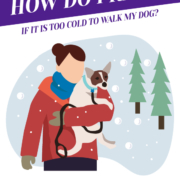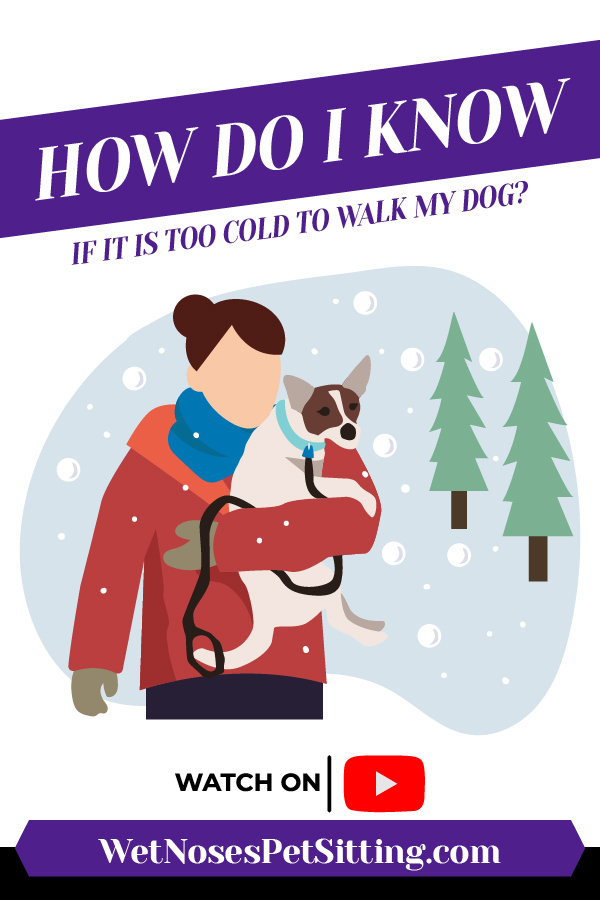How to Catch a Loose Dog
It is every dog owners worse fear: your best friend has gotten loose and is running away from you at breakneck speed. You see him rounding the corner and no matter how much you yell he is not coming back or even slowing down. So what do you do to catch a loose dog?
A note: I write this article as if it were your dog that is loose. Truth is, this applies to any dog you come across in your travels. It seems to be the more you like dogs the more likely you are to come across a stray dog!
Know the Motivation
First off you need to understand what is motivating your dog. There are two main possibilities:
- Your dog is frightened out of his mind
- Your dog is having a grand time being free
- A combination of the two
Be familiar with dog body language so you can judge which is the case. It will make a huge difference when deciding which approach to use.
The Don’ts
- Whether your dog is fearful or having fun, do not yell at your dog in a stern voice. If you are going to call your dog, use the happiest, highest pitch voice you can muster.
- Do not chase the dog. Running towards a dog is a threatening move and will startle any animal. If you are moving towards a dog, do so in a casual manner and turn your body slightly sideways so you do not face the dog head on.
The Fearful Dog
Something has frightened your dog and his brain is no longer working like normal. Everything seems threatening and he is looking for a place to be safe. Safety here is key! When deciding how to approach your dog consider how he is going to perceive it and take the least threatening action.
- If possible, I repeat, do not chase your dog. You want to get just close enough for him to recognize you but not close enough to drive him away. Fearful dogs are very attuned to anything moving towards them and will be more inclined to run away as soon as he sees you. When you approach twist your body to the side or even walk backwards. Consider kneeling but be careful not to lean forward if possible as that is a threatening movement.
- When possible try to guide your dog to a contained area like a fenced yard or an alleyway. A contained dog is much easier to catch but you want to be careful that the dog is not panicked enough to bite. use caution and get help when possible.
- If you get close enough to your dog for him to recognize you, lay down on the ground and call his name in a happy tone. The shorter you are the less threatening you seem and a person laying on the ground piques the curiosity of most dogs. You have to do this quickly before your dog turns to run away.
- “Wanna go for a car ride?” This phrase inspires most of the canine community to race headlong for the nearest vehicle. I have caught more stray dogs this way than any other! The key is to get the car close enough and to get out of the way. Open a door and move to the other side of the car while calling out phrases like “Car ride? Let’s go!” Sometimes it even helps to open both of the back doors so the dog does not feel as trapped. Then close them both quickly if the dog gets inside. I have even had luck driving up next to a dog and opening the driver’s side door to have the dog jump into my lap.
The I-Am-Having-a-Great-Time Dog
- You definitely do not want to chase this dog as that just makes running more fun. “Look, Mom, we are both running! Let’s keep going all afternoon!” The key here is to be much more fun that whatever your dog is exploring. Get close enough to your dog to get his attention then call his name in a super excited voice. Next, run the opposite direction. Yes, the opposite direction. Dogs love nothing more than to chase things, especially their best friend. Run away from your dog while calling their name and often they will chase right after you and be so happy that you came out to play with them.
- If the chase game does not immediately work then try out the car trick. What is more fun than a car ride?
- If you are following the dog on foot try getting another dog to join you for a fun time. Or if your dog stops to say hi to another dog on a walk ask the person to grab your dog for you. A dog having fun will often visit with other people and dogs, even though he will not come to you.
If These Do Not Work
- If all of these options fail you can also try using treats to bribe a dog closer or rent a trap from your local humane society. Both of these options take much longer and tend to be best used if your dog is loose in a quiet area.
- Try calling other people to help corral your dog, even if that means following along behind for awhile to keep track of him.
- Do not give up hope! Eventually, something will go your way.
Once You Catch Your Dog
- Above all else, once you catch your dog you want to praise him and tell him what a great dog he is. If he gets away again you do not want him to avoid you because you yelled at him.
- Use this as a reminder to work on your recall command!
- Be happy that you were around when your dog got loose so that you were able to track him down.

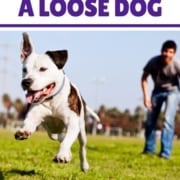
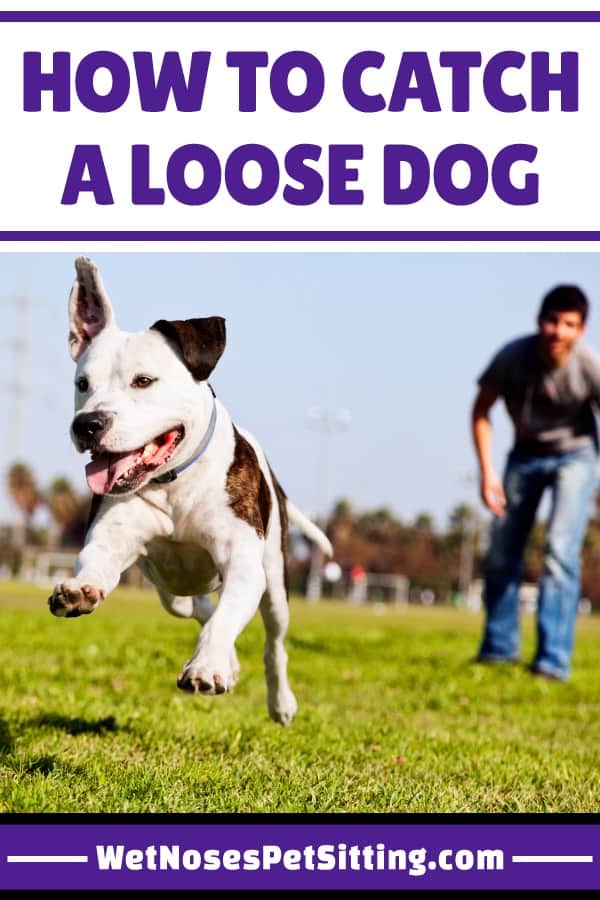


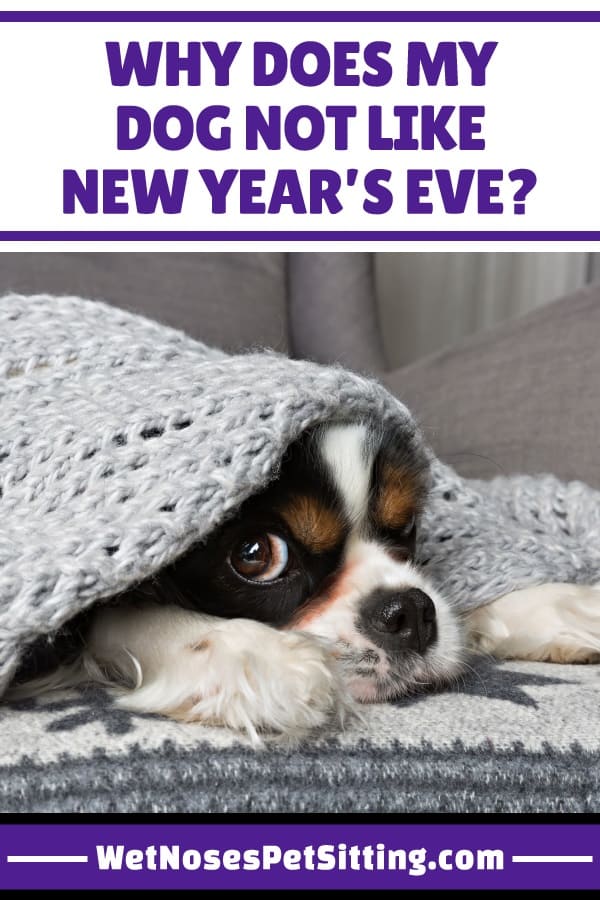

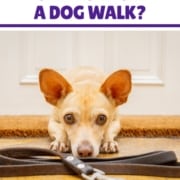

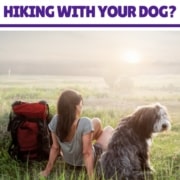
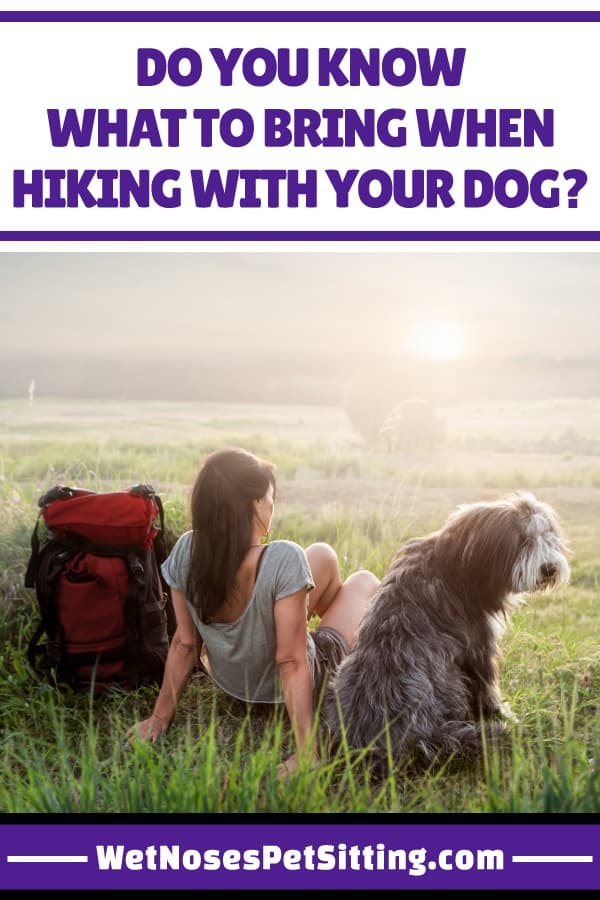





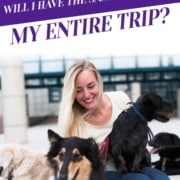


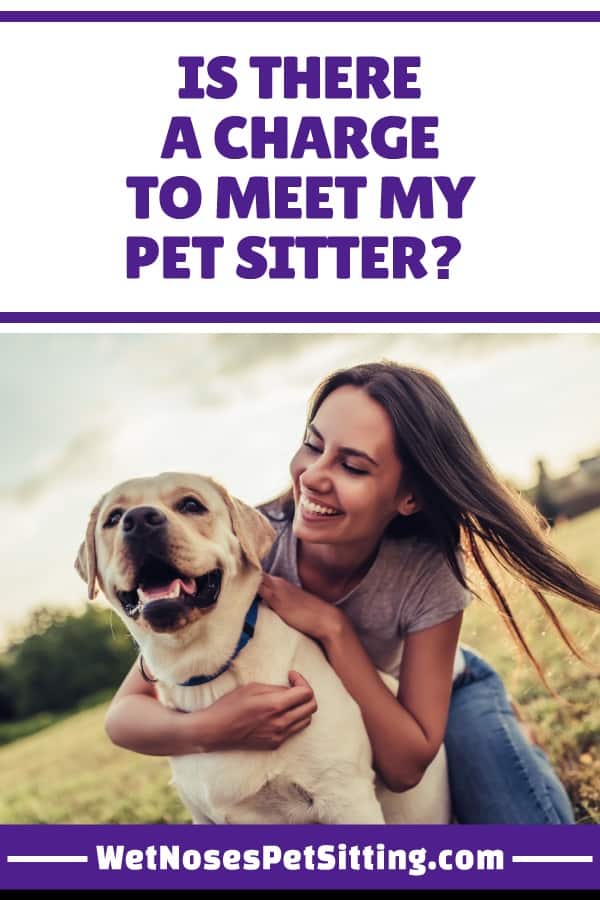
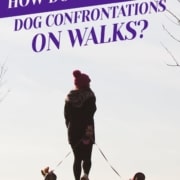
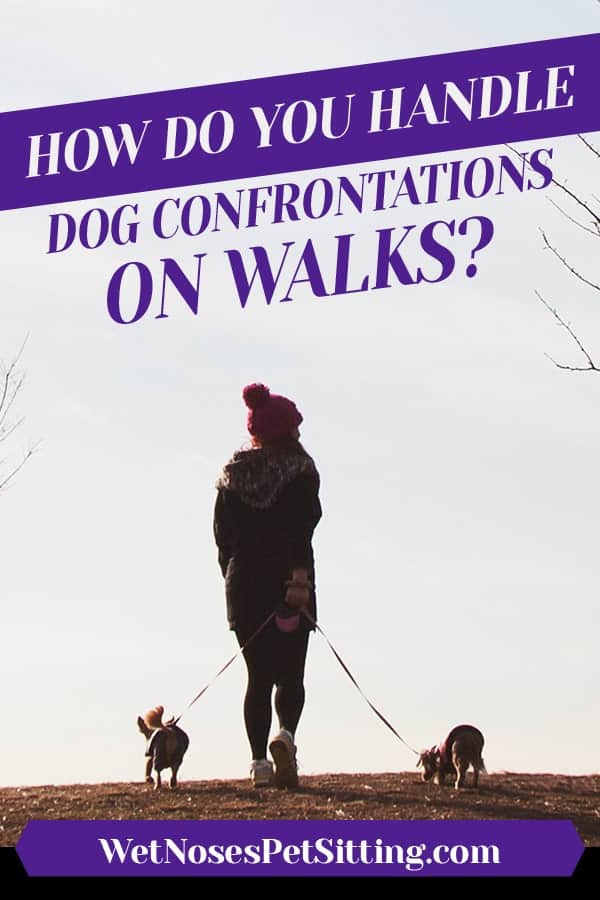
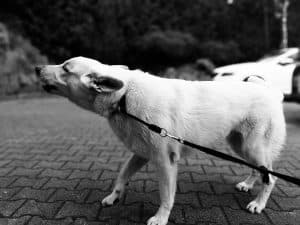


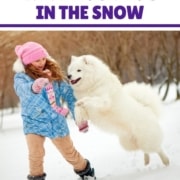
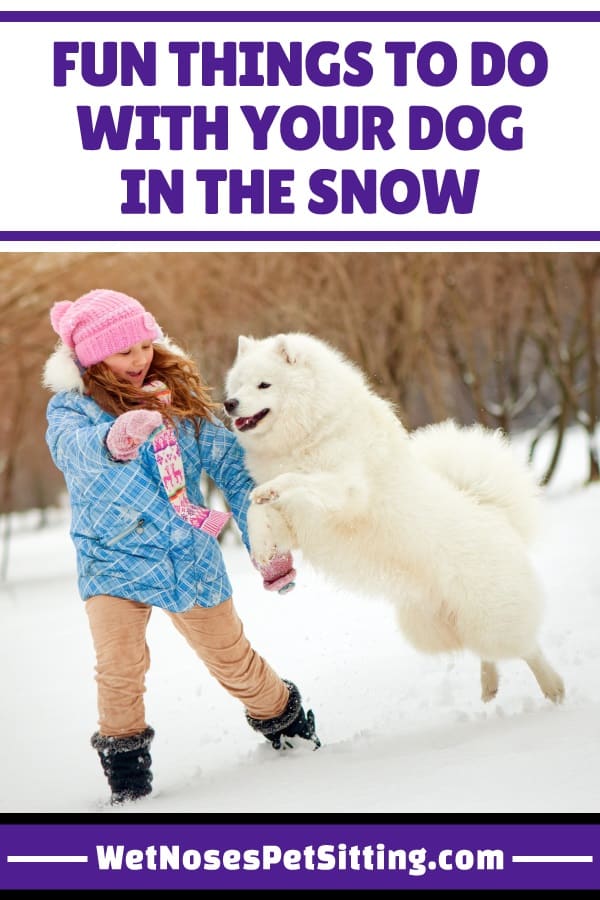
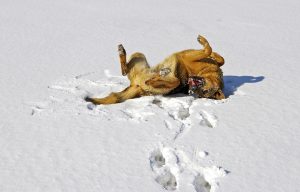 Snowball Fights
Snowball Fights